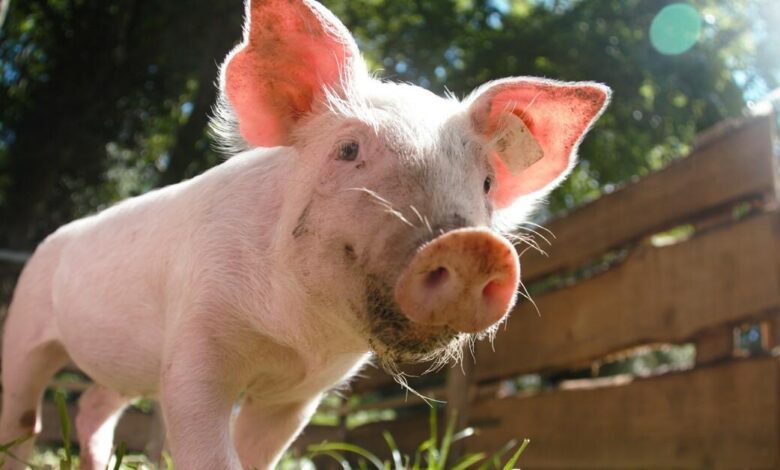Human kidney in pig; will scientists pull it off?
“Rat organs have been produced in mice, and mouse organs have been produced in rats, but previous attempts to grow human organs in pigs have not succeeded,” said the senior author Liangxue Lai, of the Guangzhou Institutes of Biomedicine and Health, Chinese Academy of Sciences and Wuyi University. “Our approach improves the integration of human cells into recipient tissues and allows us to grow human organs in pigs.”

Scientists have created humanized kidneys in pigs, opening the door to the possibility of creating human organs inside of animals.
The study involves developing embryos with a mixture of human and pig cells known as chimeric human-pig embryos. The growing embryos were placed into surrogate pig mothers, and it was discovered that their kidneys comprised mostly human cells, making this the first instance in which a solid human organ has been developed within an animal.
“Rat organs have been produced in mice, and mouse organs have been produced in rats, but previous attempts to grow human organs in pigs have not succeeded,” said the senior author Liangxue Lai, of the Guangzhou Institutes of Biomedicine and Health, Chinese Academy of Sciences and Wuyi University. “Our approach improves the integration of human cells into recipient tissues and allows us to grow human organs in pigs.”
The kidneys could not be used for transplantation in their present state because they had nerves and vasculature that were mostly produced from pig cells and were not totally human. It is unclear if the difficult task of creating an organ that is 100 percent human might be accomplished with modern genetic engineering technology.
a stem cell scientist at King’s College London, Prof Dusko Ilic, was not involved in the research, described the work as pioneering but said any clinical applications would not happen in the predictable future. “As the authors admitted, there are plenty of challenges,” he said. “Will this approach prove to be the ultimate solution? Only time holds the answer.”
The embryos mostly included pig cells, with relatively little human cells in the brain or central nervous system, with the exception of the kidneys. One of the main justifications for stringent legislative constraints on research in many nations is the possibility of a humanized brain, which is a severe ethical problem for research with hybrid embryos.
The UK allows the implantation of human embryonic stem cells into animal embryos, however the embryos cannot be placed inside an animal mother for continued development.
Due to the fact that pig cells frequently outcompete human cells during development, the resulting chimera is almost completely pig, previous attempts to generate human-pig hybrids have failed. This was overcome in the most recent study, which was published in Cell Stem Cell, by genetically altering a single-cell pig embryo so that it lacked two genes necessary for kidney development. Due to the integration of human embryonic stem cells into the pig embryo, a niche was established inside the embryo that these cells could fill.
The chimeric embryos were transplanted to 13 surrogate sows after being raised in the lab. The gestation was stopped at either 25 or 28 days, and the embryos were removed and examined. The kidneys in the embryos were physically typical for their developmental stage, displaying the tubules that would eventually link the kidney to the bladder, and contained between 50 and 60 percent human cells. In the brain and spinal cord, very human-like neuronal cells were discovered.
“We found that if you create a niche in the pig embryo, then the human cells naturally go into these spaces,” said Prof Zhen Dai of Guangzhou Institutes of Biomedicine and Health, another senior author.
The experts predicted that it would probably take several years to successfully incubate a completely human kidney inside of a pig. According to senior author Miguel Esteban, who is also from the Guangzhou institution, “We would probably need to engineer the pigs in a much more complex way, and that also brings some additional challenges.”
The target organ’s ability to create human nerves and blood vessels while preventing the growth of brain-like nerve cells in the central nervous system would be a major problem. Even in theory, Ilic added, “it’s unclear how you’d do that.”
Please, also have a look into : WHO report highlights challenges faced by Indians in controlling blood pressure



